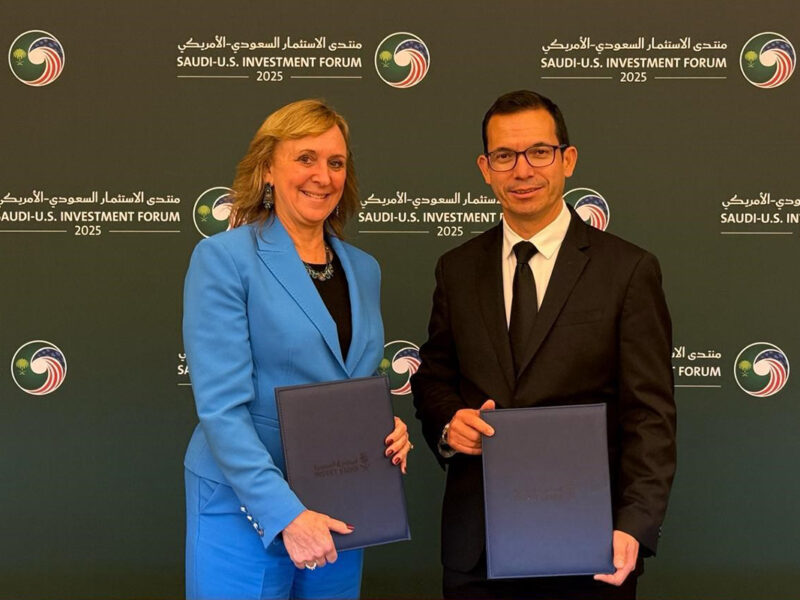Most of India’s regional airlines, launched with much fanfare under regional air connectivity scheme (RCS) introduced by Narendra Modi’s government, are suffering with low passenger load factor (PLF).
More than a year and half after its take off, the regional carriers have PLFs ranging between 19 percent to 52 percent in the April-September 2018 period, according to data available with India’s Directorate General of Civil Aviation, under the civil aviation ministry.
Air Deccan, re-launched by the founder of low cost airlines in India Capt Gopinath, has been registering PLFs ranging from 19 percent in July to 68 percent in February this year, while Air Odisha has fared even worse during January-Sept period this year with 27 percent to 33.5 percent PLF.
Ahmedabad-based GSEC Aviation, along with Monarch Networth Capital, currently holds major stakes in both Air Deccan and Air Odisha.
India’s leading scheduled airlines are also operating in some of the regional routes under the RSC (also known as the Udan scheme).
While segregated data related to their PLF on these routes is not available, sources said airlines like SpiceJet and IndiGo are doing well in their operations on Udan routes.
“We are performing very well on these regional routes,” a senior executive of SpiceJet told Arabian Business.
“In fact, some of our best revenue earning routes is the ones which are operating under this scheme,” the executive added.
SpiceJet operates about 25 flights daily on the routes under the RCS.

Under RCS, the government has capped airfares, which are indexed to inflation, at Rs 2,500 ($34) for a one-hour flight or for a distance of 500 to 600 kilometres.
The regional airlines that operate on short-duration routes also receive huge tax benefits on fuel, as well as concessions on electricity, water and other utilities at regional airports.
Trujet flying high
Hyderabad-based Trujet, which commenced its operations in July 2015 – before the launch of Udan – has been consistently clocking decent PLFs ranging from 75 percent to 83 percent during January-September this year.
Trujet currently operates 14 destinations in southern and central India with five ATR 72 aircrafts.
The airline, promoted by Turbo Megha Airways, is expected to add more aircraft into its fleet shortly.
Grounded
The continued poor performance by the newly launched regional airlines come amidst reports about serious financial troubles being faced by leading Indian private carrier Jet Airways, which has asked up to 12 mid-level executives (non-technical staff) to leave, but has shelved a proposal on a possible salary cut for the time being.
IndiGo, which is currently the market leader with about 42 percent market share in terms of the total domestic passenger traffic, reported a loss in the July-September 2018 quarter, a first for the carrier ever since its shares were listed on the Indian bourses.
Other private airlines such as SpiceJet and Go Air are also said to be facing tough financial situations, mainly owing to rising aviation fuel costs and sliding rupee exchange value.
According to airline industry sources, a sizeable part of operational costs of Indian carriers are incurred in foreign currency.
“Leading Indian scheduled airlines, even with a PLF of 85-90 percent consistently in the recent months, are facing serious financial trouble currently,” an aviation industry analyst told Arabian Business.
“So, one could imagine how bad it would be for the regional carriers who operate at such low PLFs, despite getting some government subsidy.”
The problem will be severe for the smaller regional airlines which operate with just few aircrafts, which limit their number of flights and destinations per day, pushing up costs significantly.
“For scheduled carriers, the short haul regional routes are just extensions of their flights from some of the main city airports. This reduces their operational costs significantly, the advantage which is not available to the newly launched smaller regional carriers,” an airline executive said.
Industry sources said some of the smaller regional airlines such as Zoom have not operated any flights in the last 2 months or so due to their poor performances.
Indian carriers are unable to raise fares to make good the rising costs because of tough competition in the domestic sector, especially on the metro routes which are the cash cows for the airlines, airline executives told Arabian Business.









